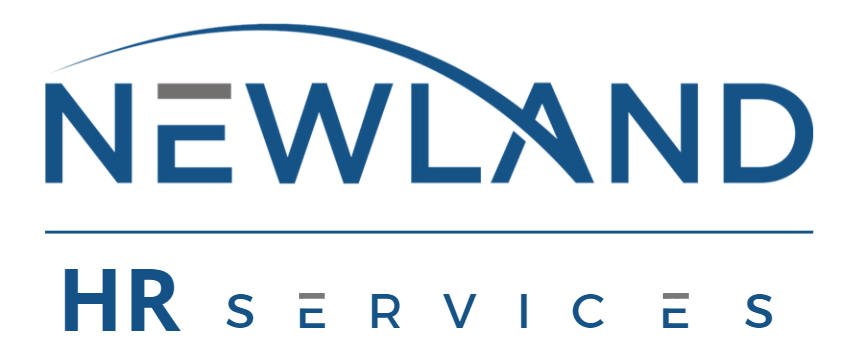By: Lillian Belén, Senior HR Consultant
Even if a company is small or medium, once the employer-employee relationship has been set up, it is essential to manage human resources. However, in most small or medium-sized enterprises, this responsibility lies with the owner, accountant, or financial controller, all of them caring about the best interests of the company; people, assets, and expenses.
But how do we know if HR management can successfully cover all the basics—tactical, legal, and strategic?
Let’s begin with the tactical management.
Recruitment and Selection:
Human Resources starts to get involved since the hiring process. We must be clear about what we want and what the profile of the candidate will be, so a first step is the creation of the Job Description, where we will define the responsibilities of the position, as well as the skills and abilities that the person must have to assume the position. We cannot forget to define what we are willing to pay for the position, in accordance with the Law, market and above all with the financial reality of the company and its budget. Ready! And now how do we start the search.
Legal Compliance:
Without going into the challenges that the pandemic brought us (exodus, remote, work-life balance, etc.) We must know that, from the job posting to the job application there is a legal compliance with which to comply.
The following information will assure if the organization is up to date with the legal requirements necessary to perform a correct candidate seeking:
- When was the last time the company’s job application was reviewed?
- Is your company properly handling the disclosure of protected information?
The Job Interview Process:
The job interview process is essential and carries a fundamental responsibility. Roles within the company typically require planning specific questions, some routine, and others focused on obtaining the information that the resume does not provide or hide.
The interview is also the moment to evaluate beyond experience and education if the candidate fits with the organizational culture and if their values, work ethic, and personality will be of value to the company.
Again, the legal compliance becomes part of the interview process, what to ask and whatnot to ask in order to avoid any type of discrimination.
Employment Contract:
The long-awaited moment arrived, even more so in post-pandemic times, It was found what we were looking for, now comes the Offer and Contracting process.
Has been defined the position, the salary and the profile of the ideal candidate. Although the Onboarding is fundamental in the hiring process, this article will focus on the tactical steps; Employee File; Resume, Employment Application, Job Description, Employment Offer, Personal data and documentation, as well as important protected and confidential information.
Employment Classifications:
While there are many concepts to classify an employee, the important thing here is to know the following:
Exempt / Not Exempt, Salaried / Hourly, Probationary, Regular, Temporary or Term, too many concepts to classify an employee, without going into the figure of the Independent Contractor, that is another topic for another article. The important thing here is to know that in relation to the functions, compensation and scope of the position, labor law requires compliance with the respective classification of each position in the company. Not having the positions properly classified exposes us to penalties for unearned wages and benefits, among others.
Documents and Forms:
Organizations must keep employee/personnel files updated. Not only does it help keep your company organized, but it can also avoid failed audits and potential legal disputes. Below are several documents and forms that are imperative to keep and maintain in the personnel files:
- Form I-9 of the Department of Homeland Security of the United States of Its fundamental purpose is to validate the identity and authorization of a person to be employed in American territory. Please note that unless completed virtually, should be kept outside the employee’s file, as should the employee’s medical history be kept separately.
- ASSUME form, to notify within the first 20 days of employment to the Department of Labor in connection with the Department of Family the employee/employer responsibility for compliance with the payment of alimony.
- 499 R-4 Certificate for Withholding Exemption from the Department of Treasury. Employees between the ages of 16 and 26 may opt for an income waiver for the first $40,000.00 in wages if their gross income does not exceed that amount. The employee can determine a fixed withholding amount if he or she reports it in writing or can choose the exemption that corresponds to him according to his taxpayer status, already established on the form.
Other documents that must be in the employee’s file include:
- Direct Payment Authorization
- Authorization for Payroll Discounts (in the case, for example, contributions to the Company’s Medical Plan and other authorized discounts)
- Agreement for the Reduction of the Food Period
Mandated Policies and Acknowledgments of Receipt:
Similarly, and in compliance with the laws that prohibit sexual harassment, domestic violence, and workplace harassment, acknowledgments of receipt of these training and mandatory policies must be in the employee’s file, as well as any other regulatory training for the type of industry in which the company operates.
Employee Handbook:
The Employee Handbook is an essential, living document that every company must have, ensuring their proper implementation by sharing and explaining their content to all employees.
It communicates the values, mission and vision of the company and highlights its ethical and professional principles. The employee handbook must reflect, among others, the policies, procedures, and benefits available, as well as the expectations of behavior and performance, “code of conduct”, that every employee must comply.
Payroll Process:
Finally, the Payroll Process, without going into all the details. Gone are the manual tables; the payroll process requires precision and compliance; Salaries, hours paid, deductions, accruals and and year to date information.
In this article we have shown the tactical process of compliance and audit of the Human Resources function. Judge yourself and evaluate how your company is doing.
At Newland HR Services we are available to assist you HR efforts.
Note: Some of the information included in this article only applies to PR








